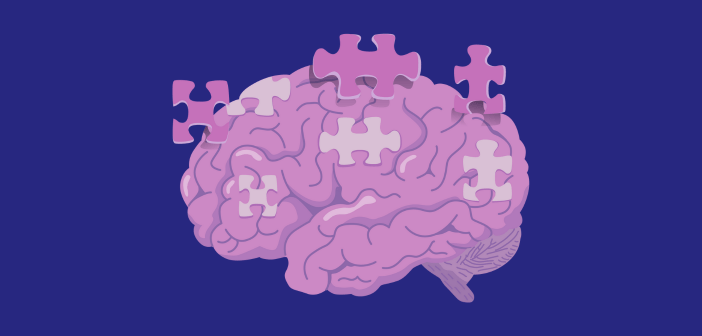Have scientists identified new molecular drivers of Alzheimer’s disease?

Scientists at Scripps Research (CA, USA) have identified new molecular drivers that could be crucial in the development of Alzheimer’s disease (AD). This discovery reveals novel therapeutic targets in excitatory neurons that traditional methods could not previously uncover.
According to the World Health Organization, over 55 million people live with dementia worldwide. This number is expected to nearly triple by 2050.
AD is the most common form of dementia and thought to contribute to 60–70% of cases. Despite its prevalence, there is still much we do not understand about AD, and the prognosis is generally poor. The limited treatment options available mainly exist to alleviate symptoms and slow progression.
You may also be interested in:
- Infographic: Gyrolab® hybridization assays for oligonucleotide analysis
- A blood-based, metabolite and demographic characteristic markers panel for the diagnosis of Alzheimer’s disease
- Past, present and future of quantitative drug discovery practices
New research, published in Advanced Science, could offer insights into novel drivers of AD progression, potentially leading to new targets for future treatments. Scientists utilized an innovative technique to analyze single, living brain cells impacted by AD. This involved measuring the electrical activity and protein levels in individual neurons, which enabled the team to uncover new molecules implicated in the disease.
“It was mind-boggling to me that we could take one cell, measure its electrical activity on the order of one-millionth of one-millionth of an ampere, and then look at thousands of proteins within that same cell to allow us to find the proteins that drive AD-related abnormal electrical activity,” commented senior author Stuart Lipton, Co-Director of the Neurodegeneration New Medicines Center at Scripps Research. “But the beauty of this method is that it lets us uncover novel targets for AD and related dementias.”
Hyperexcitability (overactivity) of neurons is already a known pathophysiological hallmark in a range of neurological diseases, including epilepsy, schizophrenia and neuropathic pain. Previous studies by Dr Lipton have also demonstrated that certain neurons in AD patients become overactive, and this hyperexcitability is thought to contribute to cognitive decline.
The new research builds on this knowledge by using a platform called single-cell patch-clamp/proteomics. This technique involves using a tiny electrode to measure a cell’s electrical activity and then analyzing its protein content with mass spectrometry.
Scripps Research professor John Yates emphasized the technique’s impact: “This approach allows us to connect perturbations of electrical functions to molecular events in neurons, which is an exciting application of proteomics.”
The team analyzed approximately 150 neurons, using mass spectrometry to detect over 2250 proteins in each neuron—a number only possible with the team’s advanced technique. Interestingly, they identified nearly 50 proteins with abnormal levels in hyperexcitable AD cells compared to healthy cells. These proteins are involved in various neuronal functions, including redox modulation, energy metabolism and inflammation. In total, 15 proteins showed particularly high or low levels in AD cells, prompting plans for follow-up studies.
Dr Lipton envisions extending this method to drug discovery efforts to assess if potential AD drugs rectify neuron hyperexcitability and abnormal protein levels. “This new approach to personalized medicine—based upon protein expression and electrical activity of a single AD neuron—could revolutionize drug discovery not only for this disease but other neurological diseases, which has lagged far behind other therapeutic areas,” he concluded.





